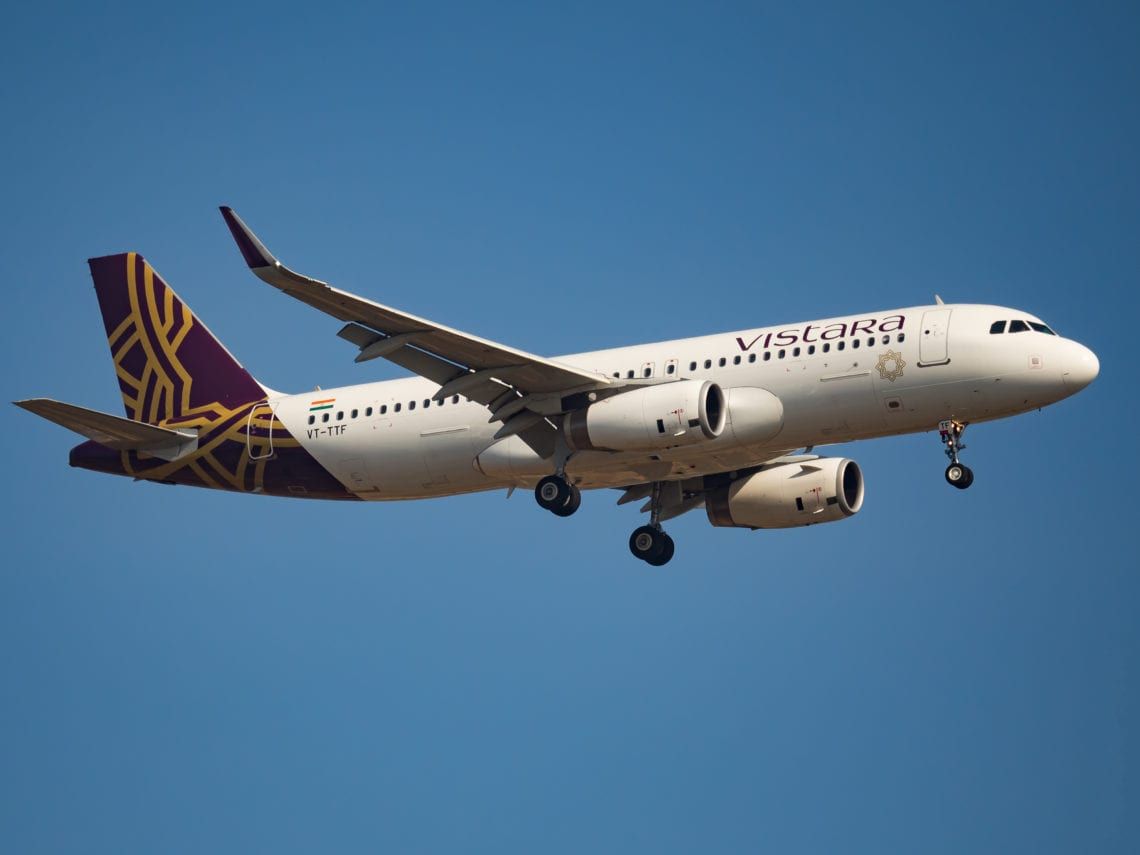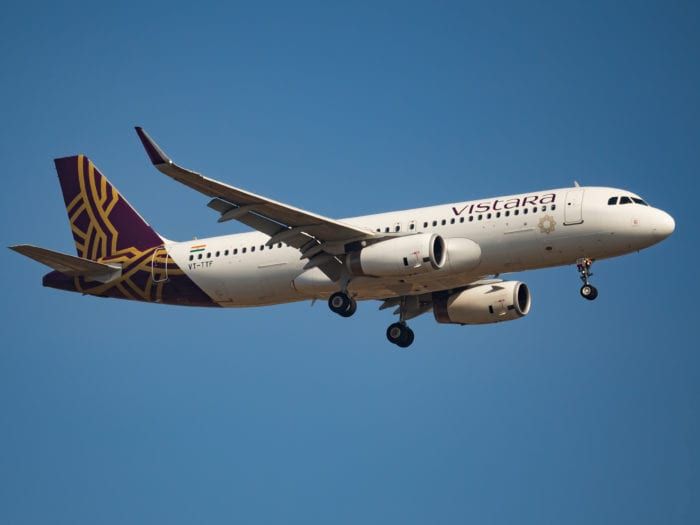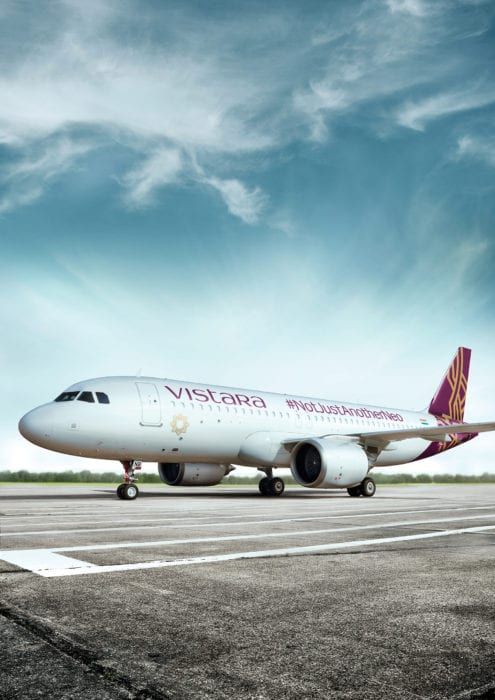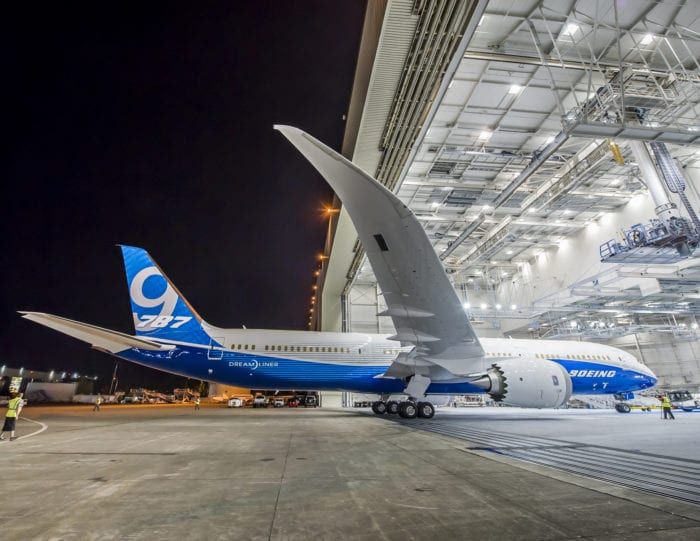After the demise of Jet Airways, low-cost carriers such as SpiceJet have capitalized on the situation and sought a rapid expansion plan. However, there's one full-service carrier that could soon become a dominant carrier in India. Though small as of now, Vistara could soon become a force to be reckoned with.
Full-service mishaps
India was recently dominated by two major full-service carriers. Air India and Jet Airways were always in competition with each other and neither had turned a profit in quite some time. While Air India continued to receive government support, Jet Airways ceased operations.
As we’ve previously reported, there have been several reasons why full-service airlines in India aren’t making money. Jet Airways placed large orders amid a rapid expansion plan that saw it slide further and further into debt. Meanwhile, a little-known startup has the potential to rattle the market and become India’s premium airline. That airline is none other than Vistara.
What is Vistara?
Vistara has a very short history. It started out as a joint venture with the Tata Sons group and Singapore Airlines. The idea was to create an airline that catered to premium, high-end travelers who would have zero interest in flying a low-cost carrier. Tata Sons took a 51% stake in the airline while Singapore Airlines owned 49%. This was in order to comply with Indian ownership requirements. Vistara had the proper backing and vision to become a reality. And, in 2015, Vistara flew for the first time.
Vistara’s fleet
Unlike Air India, Jet Airways, SpiceJet, or Indigo, Vistara has a relatively small fleet. Vistara began with A320 aircraft and now operate just over 20 aircraft. Some of these are A320ceo family while others are new A320neo family aircraft. These aircraft are perfect for Vistara’s operations.
The A320 is a versatile workhorse that serves short and medium-haul routes well. Vistara can base these aircraft out of Delhi or Mumbai and fly between the two cities, to secondary cities like Bangalore or Kolkata, and even some farther destinations such as Singapore, Bangkok, and Dubai. With Jet Airways out of the market, Vistara can put their 50+ order for A320neo family aircraft to good use. Some may be used to replace A320ceo aircraft while others would be perfect for building a connecting hub.
The 787-9
Vistara also has six Boeing 787-9 Dreamliners on order. These aircraft will primarily be used for long-haul routes. Until IndiGo starts flying to London, travelers looking to fly an Indian airline will only have Air India as a choice.
The first 787-9 is expected to arrive in 2020, after the delivery of some A320neos. With this approach, Vistara is looking to grow slowly but surely. It seems they seek principled growth with a cautious mindset. Six 787-9s are a small number, however, Vistara definitely can use these aircraft on high-demand, long-haul routes. Furthermore, with Jet Airways out of the picture, Vistara could take on some more 787s and fill in the international gap left by Jet’s demise.
What does Vistara need to do right?
Vistara has not been wildly successful and has recorded a few losses. However, with the demise of a major competitor and the inauguration of additional routes, it will be interesting to see how Vistara’s books turn out. With experience from Singapore Airlines and some muscle from Tata Sons, Vistara has the right team in place to dominate the market.
Vistara will definitely need to focus on filling in premium, high-end gaps. One place Vistara can stand out is by offering a stellar long-haul premium product. In comparison to some of Air India’s lackluster products, this could give Vistara a major leg-up and provide them the reputation boost they need.
Vistara is pursuing expansion with a level of caution. This will help them keep from racking up huge losses. But it would be unfortunate to see Vistara avoid taking some risks by opening a few new routes. Vistara will have to weigh their expansion with their books. As we all know, with no risk there comes little or no reward.
It will be interesting to see how Vistara grows in the absence of Jet Airways. By building a robust route network with a solid offering, Vistara could become a major force to reckon with. India’s aviation market continues to grow so Vistara will have no dearth of passengers to appeal to.
Do you think Vistara will become a major force? Let us know in the comments below!





